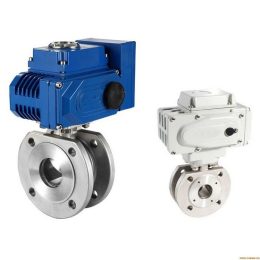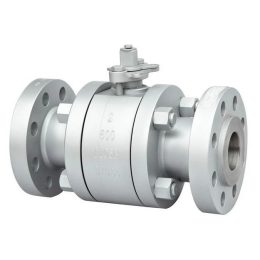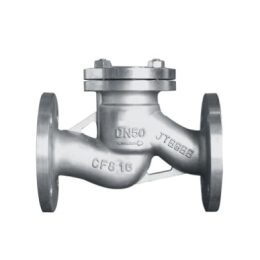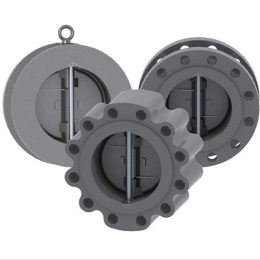What Are The Criteria For The Selection And Use Of Check Valve Manufacturers?
A check valve manufacturer is an essential component in any system as it helps to prevent the backflow of media. However, when selecting a check valve manufacturer, there are certain criteria that must be considered. Here are the top 10 criteria to consider when selecting a check valve manufacturer.
1. Installation
Proper installation is crucial to ensure that the check valve functions effectively. The check valve manufacturer should be installed on equipment, installations, and pipelines to ensure that backflow of media is prevented. When installing a check valve, it is important to consider factors such as the orientation, pressure, and flow rate of the media.
2. Suitable for cleaning media
Check valve manufacturers are usually suitable for cleaning media that do not contain solid particles. This includes media with relatively large viscosity and medium viscosity. However, it is important to select a check valve manufacturer that is designed to handle the specific characteristics of your media. For example, if your media is corrosive, you should select a check valve manufacturer that is designed to resist corrosion.
3. Passing lift
Check valves with passing lift can be installed on both horizontal and vertical pipelines. This type of check valve is ideal for situations where the flow of media needs to be regulated. Passing lift check valves are designed to open and close slowly, which helps to prevent water hammer and other flow-related issues.
4. Bottom valve
For pump pipelines, the bottom valve is usually installed on the vertical pipeline of the pump. This ensures that the medium can be moved from the bottom of the pipeline. Bottom valves are designed to prevent the backflow of media and can be used in conjunction with other types of check valves to provide additional protection against backflow.
5. Lift type vs. swing type
There are two main types of check valves: lift type and swing type. The lift type of check valve has better sealing performance than the swing type. However, the fluid resistance is large. The horizontal check valve is more suitable for horizontal pipelines, while the vertical type is installed on vertical pipelines. Selecting the right type of check valve is important to ensure that your system operates effectively.
6. Rotary check valve
The rotary check valve is a type of check valve that is designed to be used in high-pressure applications. This type of check valve should not be used as a small-diameter valve. It can be made into a very high working pressure with a PN that can reach 42MPa. The DN can also be large, reaching more than 2000mm. This type of check valve can be used for any operating medium and any operating temperature range depending on the material of the housing and seal. The medium can be water, steam, gas, corrosive medium, oil, etc.
7. Suitable for low pressure and large diameter
Check valve manufacturers are more suitable for low pressure and large diameter installations. However, the installation occasion will be subject to certain restrictions. It is important to select a check valve manufacturer that is designed to handle the specific pressure and flow rate of your media.
8. Installation position of butterfly valve
The butterfly valve is a type of check valve that is designed to be used in a wide range of applications. The installation position of the butterfly valve is not limited. It can be installed in a horizontal pipeline, as well as in a vertical or inclined pipeline. This type of check valve is designed to provide reliable and effective backflow prevention.
9. Ball check valve
The ball check valve is a type of check valve that is designed to be used in medium and low-pressure pipelines. This type of check valve can be made into large diameters. Ball check valves are designed to provide reliable and effective backflow prevention in a wide range of applications.
10. Material of the shell
The shell material of the check valve manufacturer is an important consideration when selecting a check valve. The shell material can affect the performance and lifespan of the check valve. For example, if your media is corrosive, you should select a check valve manufacturer that is designed to resist corrosion. The shell material of the ball check valve manufacturer can be made of stainless steel. The sealed hollow sphere can be wrapped with PTFE engineering plastic, making it suitable for pipes with general corrosive media. The working temperature range is between -101-150°C. The nominal pressure is less than or equal to 4.0MPa, and the nominal stroke is between 200 and 1200.
In conclusion, when selecting a check valve manufacturer, it is essential to consider factors such as installation, suitable cleaning media, passing lift, bottom valve, lift type vs. swing type, rotary check valve, suitable for low pressure and large diameter, installation position of butterfly valve, ball check valve, and material of the shell. By considering these criteria, you can select the right check valve manufacturer that will ensure that your system operates efficiently and effectively.



